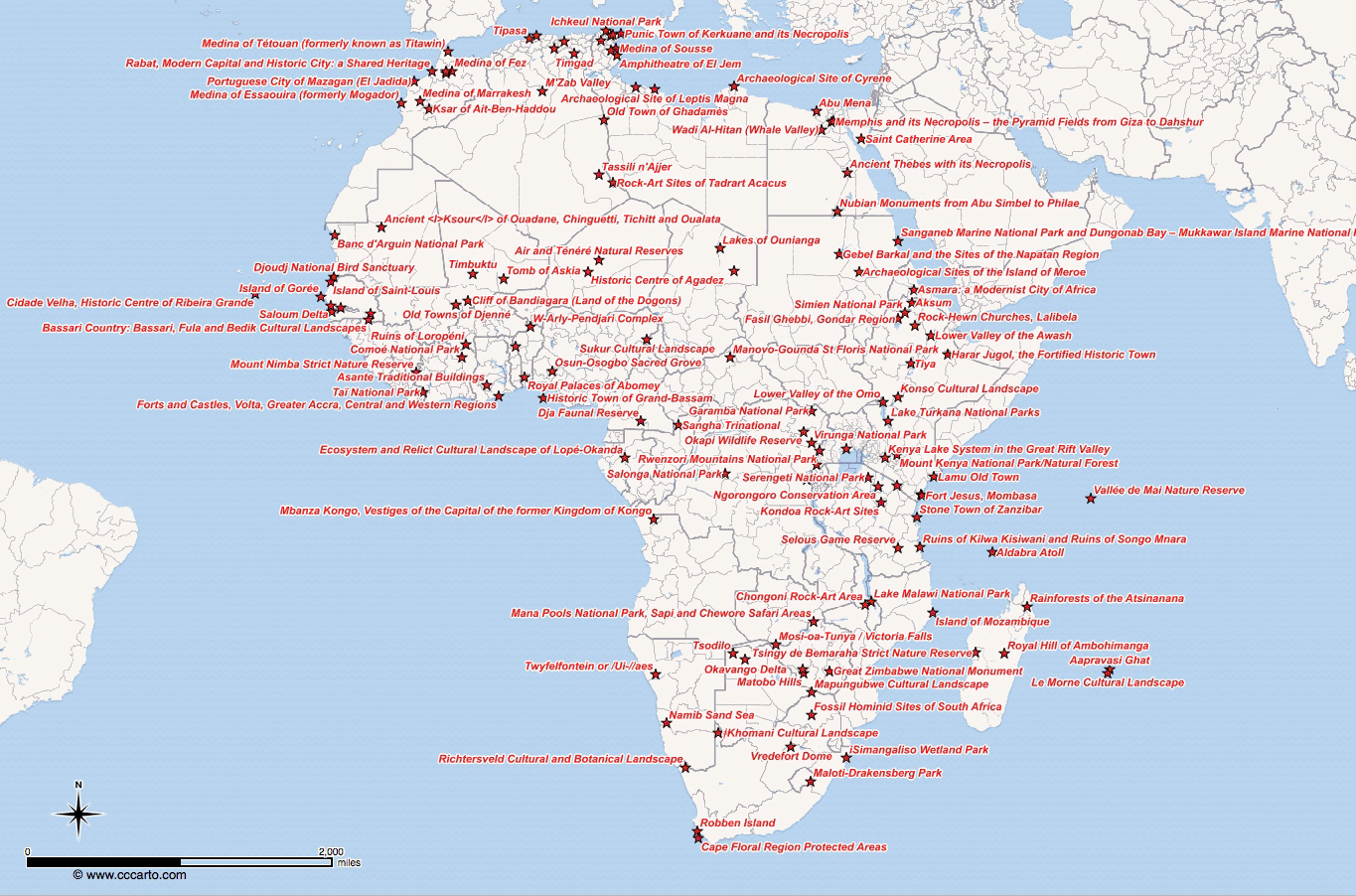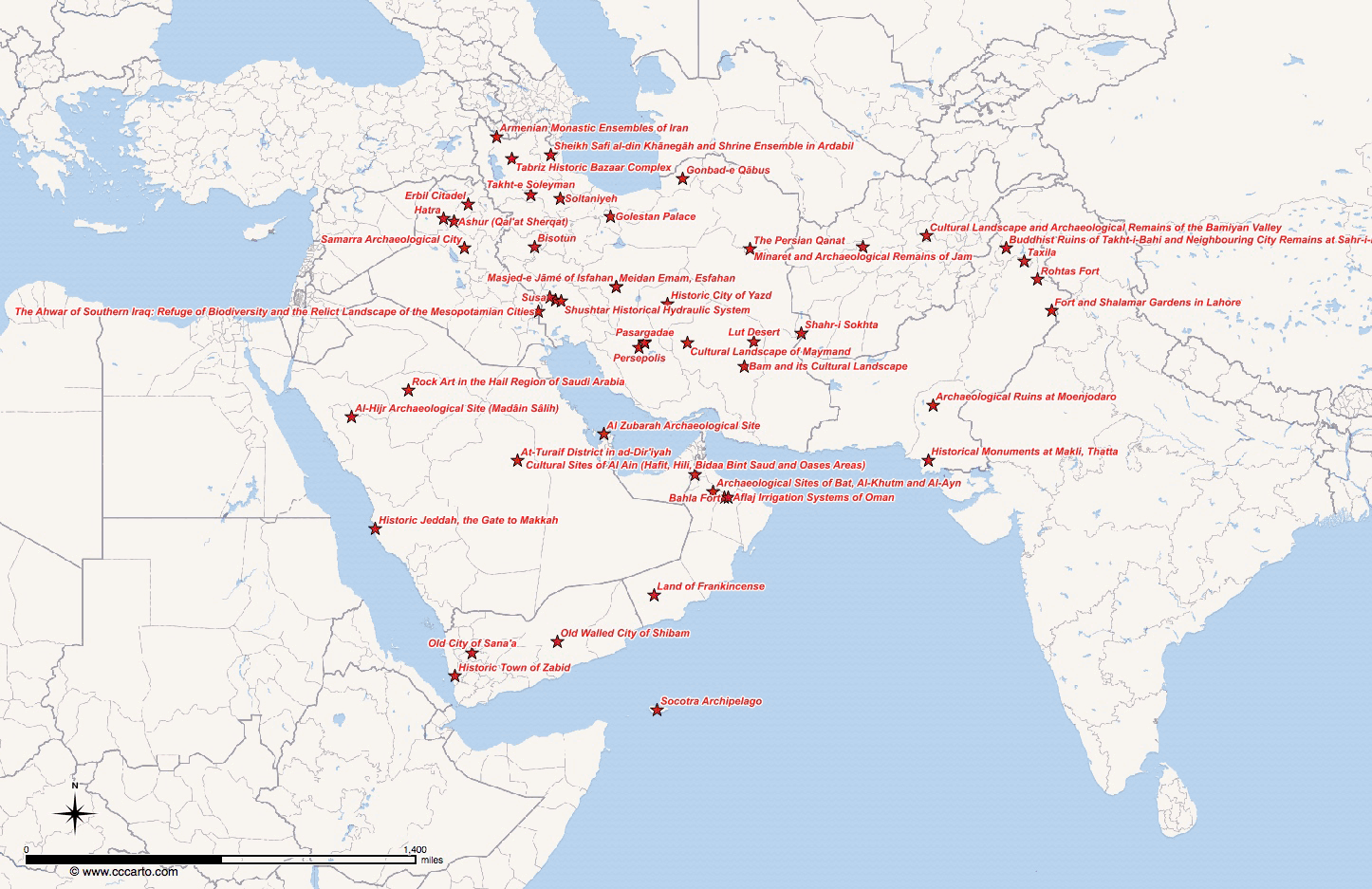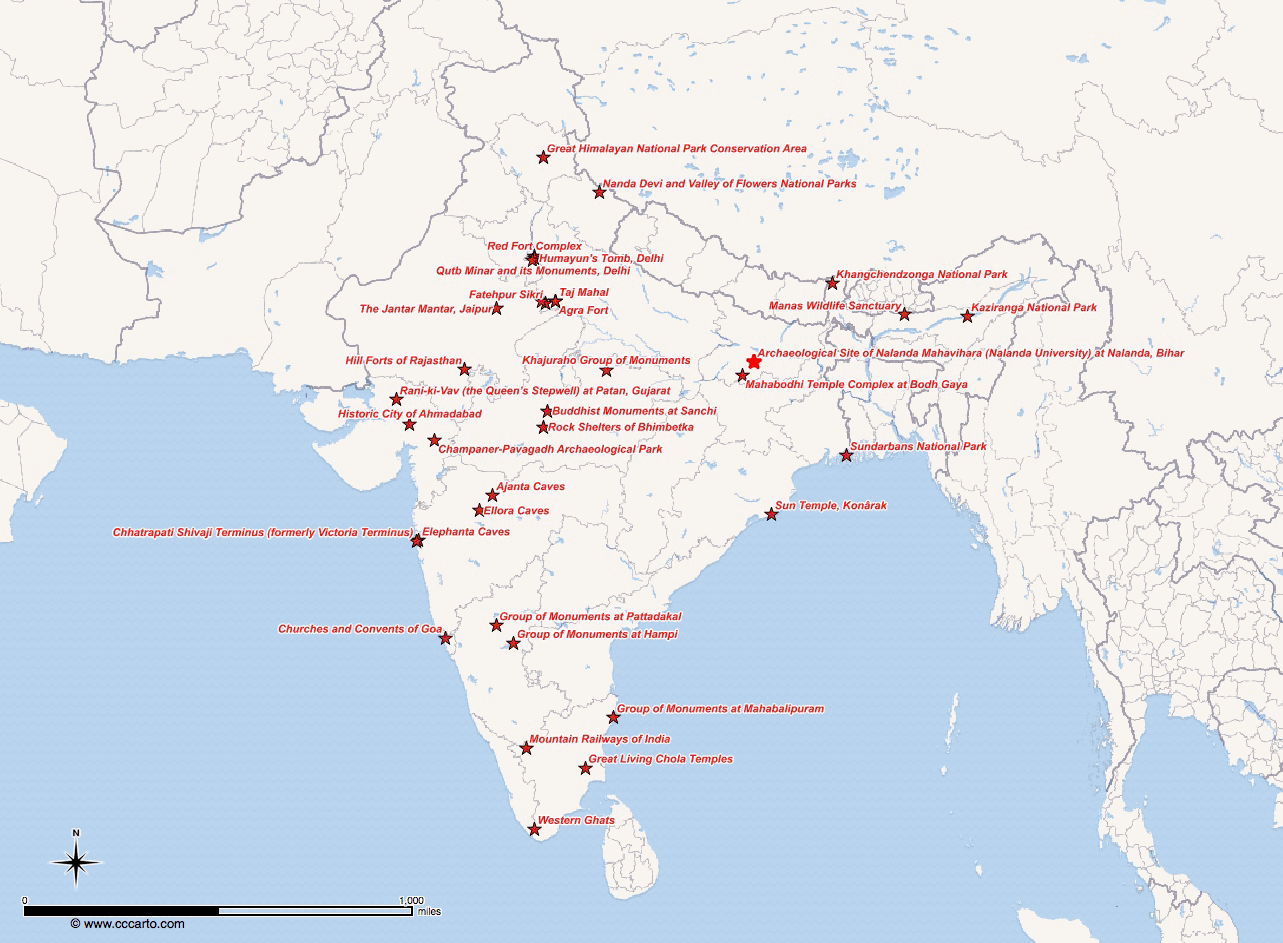As of 2024, there are 1,185 World Heritage Sites globally, according to the United Nations Educational, Scientific and Cultural Organization (UNESCO). These sites are recognized for their cultural, historical, scientific, or natural significance, and their preservation is deemed of international importance.
1. Egypt: The Great Pyramids of Giza, including the Great Sphinx, are perhaps the most famous World Heritage Sites in Egypt. Inscribed in 1979, they represent one of the most remarkable achievements of ancient engineering and are a symbol of ancient Egyptian civilization. Their significance stems from their historical value, architectural innovation, and cultural heritage.
2. Italy: Italy boasts numerous World Heritage Sites, but the historic centers of Florence, Rome, and Venice stand out. Florence (inscribed in 1982) is renowned for its Renaissance art and architecture, Rome (1980) for its ancient ruins and historical importance, and Venice (1987) for its unique urban structure and canals. Each site reflects Italy's rich cultural history and artistic achievements.
3. China: The Great Wall of China is an iconic World Heritage Site, recognized in 1987. This extensive wall system, built over centuries, represents one of the most ambitious military construction projects in history. It symbolizes China's historical strength and perseverance.
4. India: The Taj Mahal, inscribed in 1983, is one of India’s most celebrated World Heritage Sites. This mausoleum, built by Mughal Emperor Shah Jahan in memory of his wife, is famed for its stunning white marble architecture and intricate detailing, representing a high point in Mughal architecture and love.
5. Greece: The Acropolis of Athens, inscribed in 1987, is a defining symbol of ancient Greek civilization. This site includes the Parthenon and other significant structures that showcase the architectural and cultural advancements of ancient Greece.
6. France: Mont Saint-Michel, inscribed in 1979, is a picturesque island commune known for its medieval abbey and dramatic tidal surroundings. Its unique architectural and natural features make it a standout example of human adaptation to the environment.
7. Mexico: The ancient city of Chichen Itza, inscribed in 1988, is a major Mayan archaeological site known for its impressive pyramids and astronomical significance. It reflects the advanced knowledge and cultural achievements of the Maya civilization.
8. Japan: The Historic Monuments of Ancient Kyoto, inscribed in 1994, encompass several temples, shrines, and gardens, representing traditional Japanese architecture and culture. Kyoto was Japan’s capital for over a millennium, making these sites crucial to understanding Japanese history and culture.
9. Brazil: The Historic Town of Ouro Preto, inscribed in 1980, is notable for its well-preserved colonial architecture and its role in Brazil’s gold rush era. It exemplifies the baroque style and historical significance of Brazil's colonial past.
10. Australia: The Great Barrier Reef, inscribed in 1981, is the world's largest coral reef system, known for its biodiversity and natural beauty. It represents an important marine ecosystem and faces significant environmental challenges.
1. Italy: Italy has the most World Heritage Sites, totaling 58. This reflects the country’s rich cultural, historical, and artistic heritage, with numerous sites ranging from ancient ruins to Renaissance cities and natural landscapes.
2. China: China follows with 56 sites. The country’s extensive history, diverse cultures, and significant natural landscapes contribute to its high number of inscriptions.
3. Germany: Germany, with 51 sites, showcases a wide range of historical, cultural, and natural properties, reflecting its significant role in European history and heritage.
1. Afghanistan: As of 2024, Afghanistan has only one World Heritage Site: the Minaret and Archaeological Remains of Jam, inscribed in 1986. The site reflects the region's historical and architectural significance despite ongoing challenges.
2. Yemen: Yemen also has only one site, the Old City of Sana'a, inscribed in 1986. This city is known for its well-preserved medieval architecture and historical importance.
3. Some countries, such as Nauru and Tuvalu, currently have no World Heritage Sites. Their limited number of cultural or natural sites or their small size contributes to this absence.
The designation of World Heritage Sites serves to recognize and protect the world's most significant cultural and natural treasures. This status helps ensure that these sites are preserved for future generations, highlighting their universal value and the need for international cooperation in conservation efforts.









